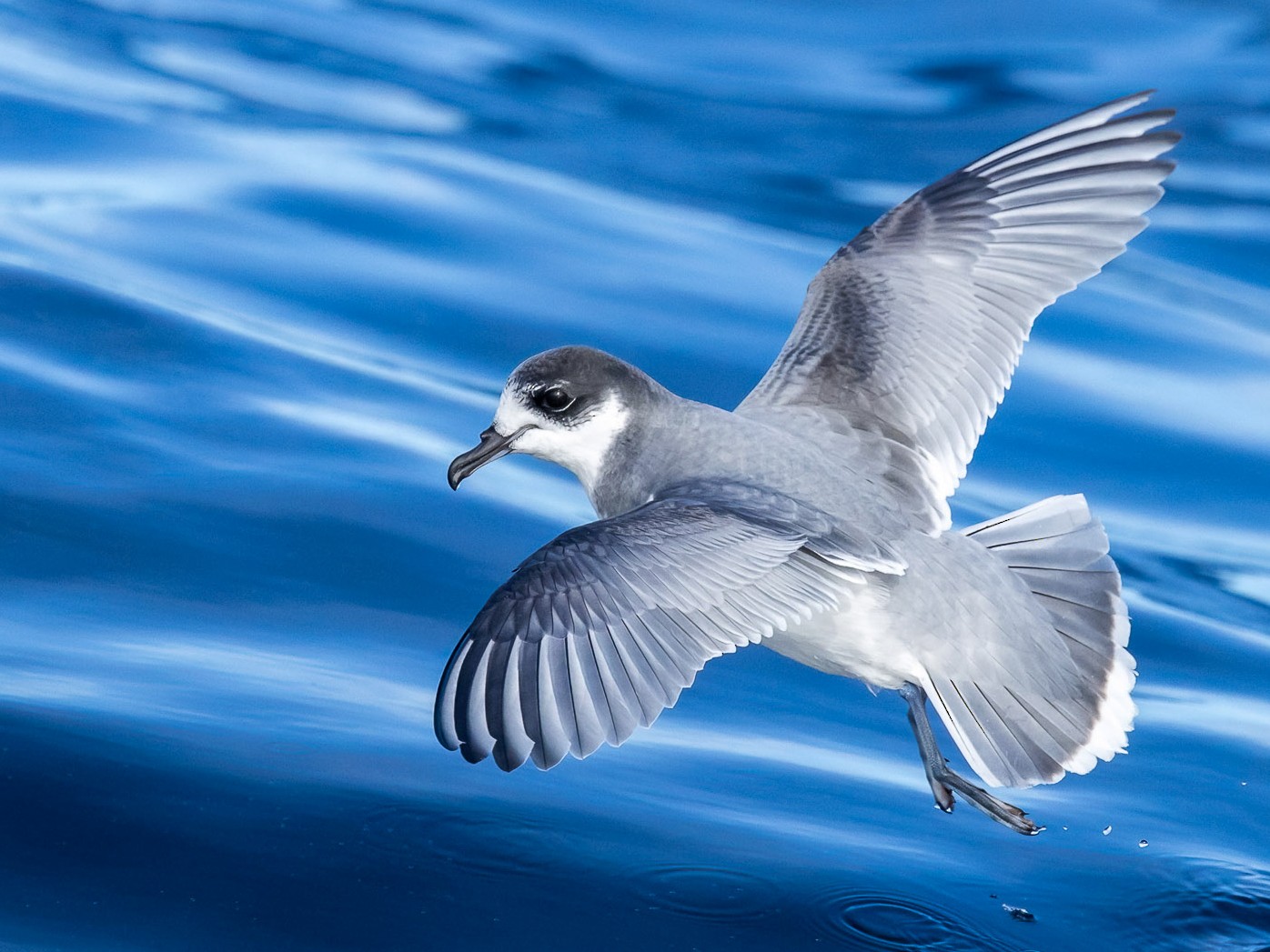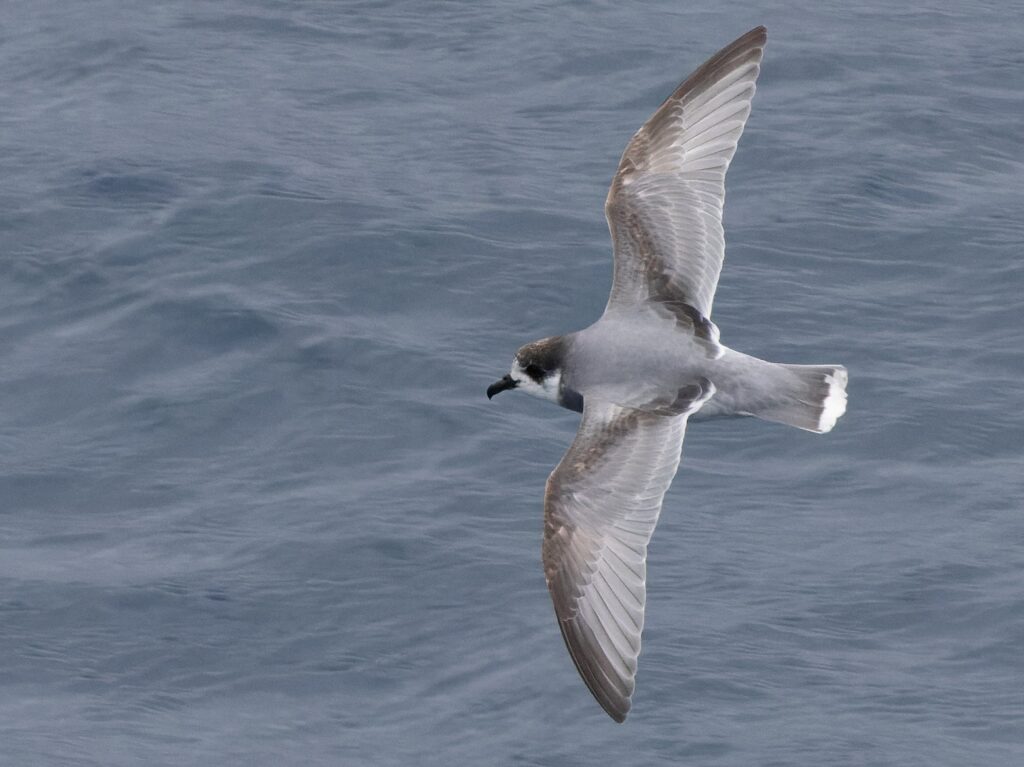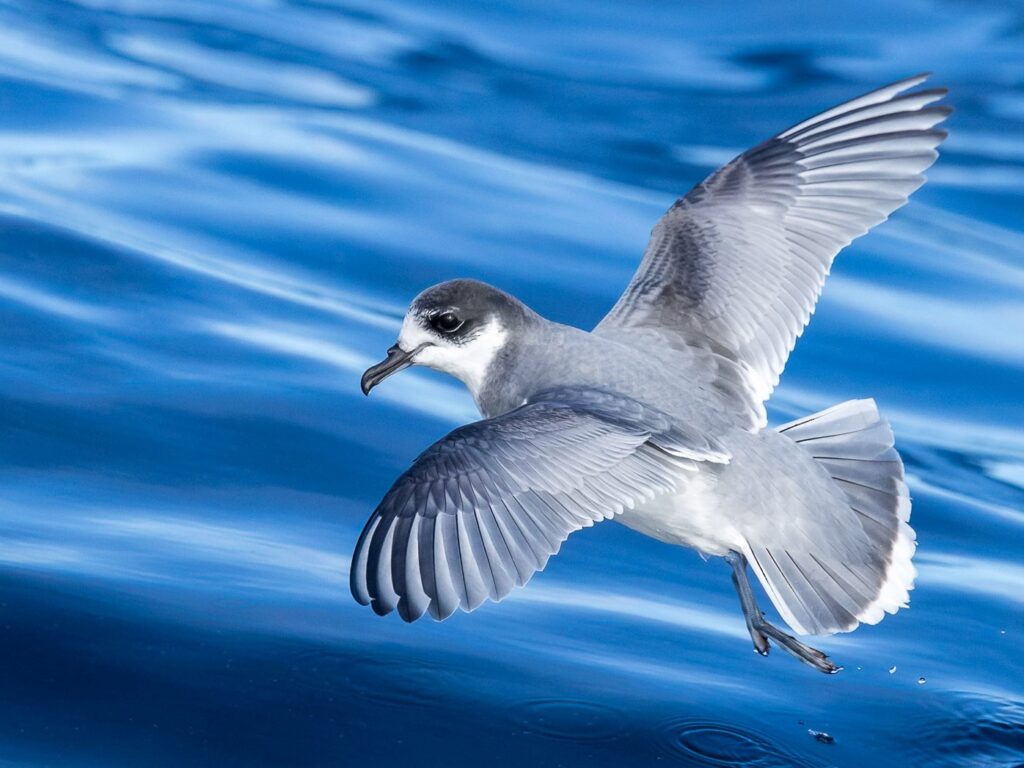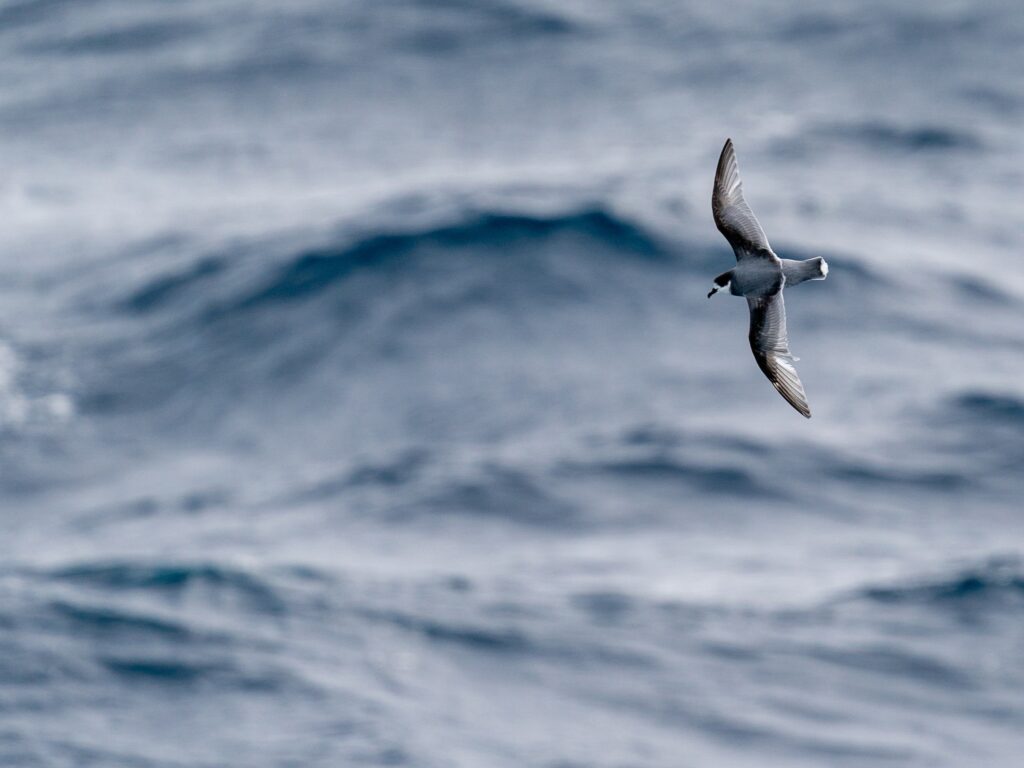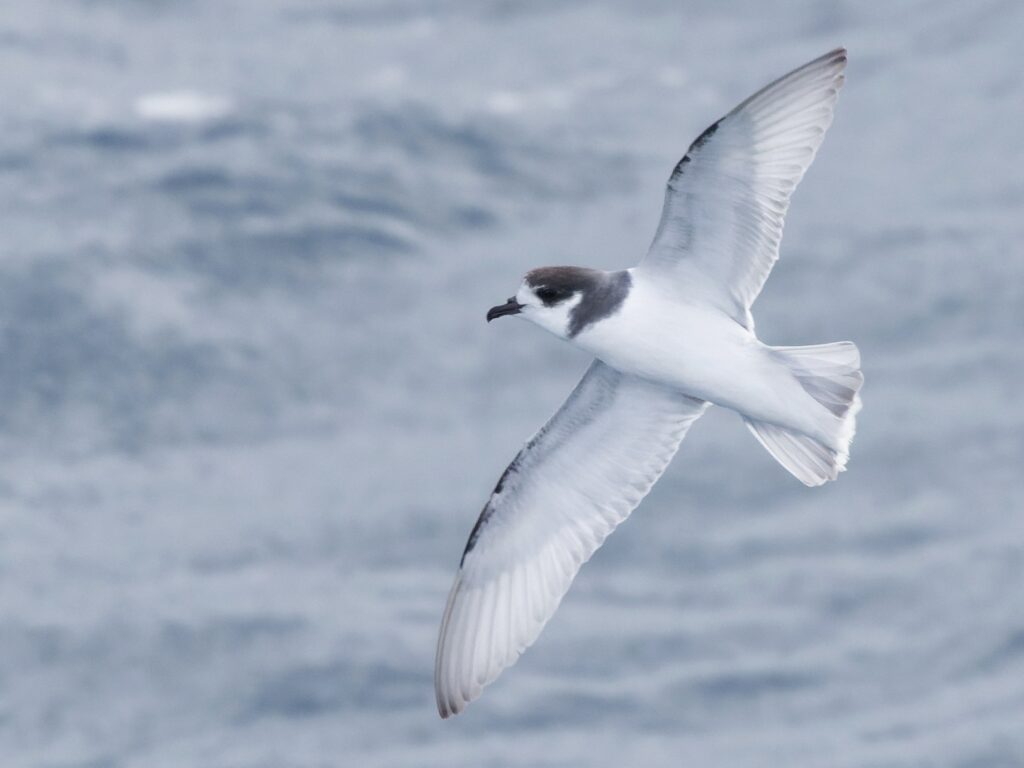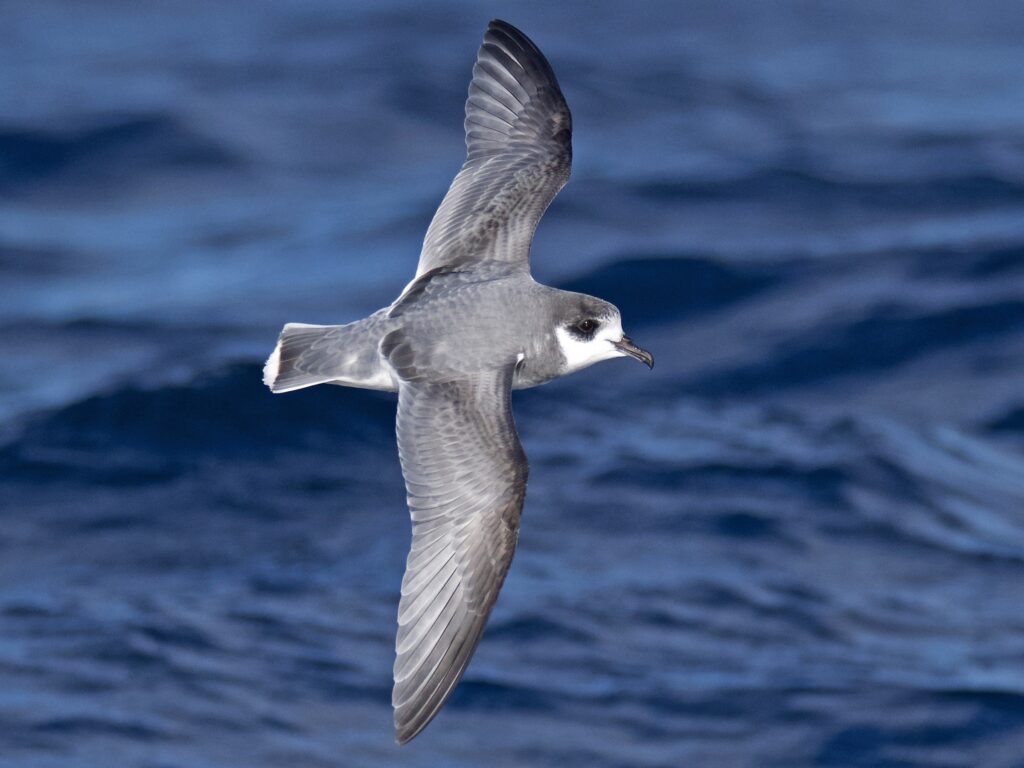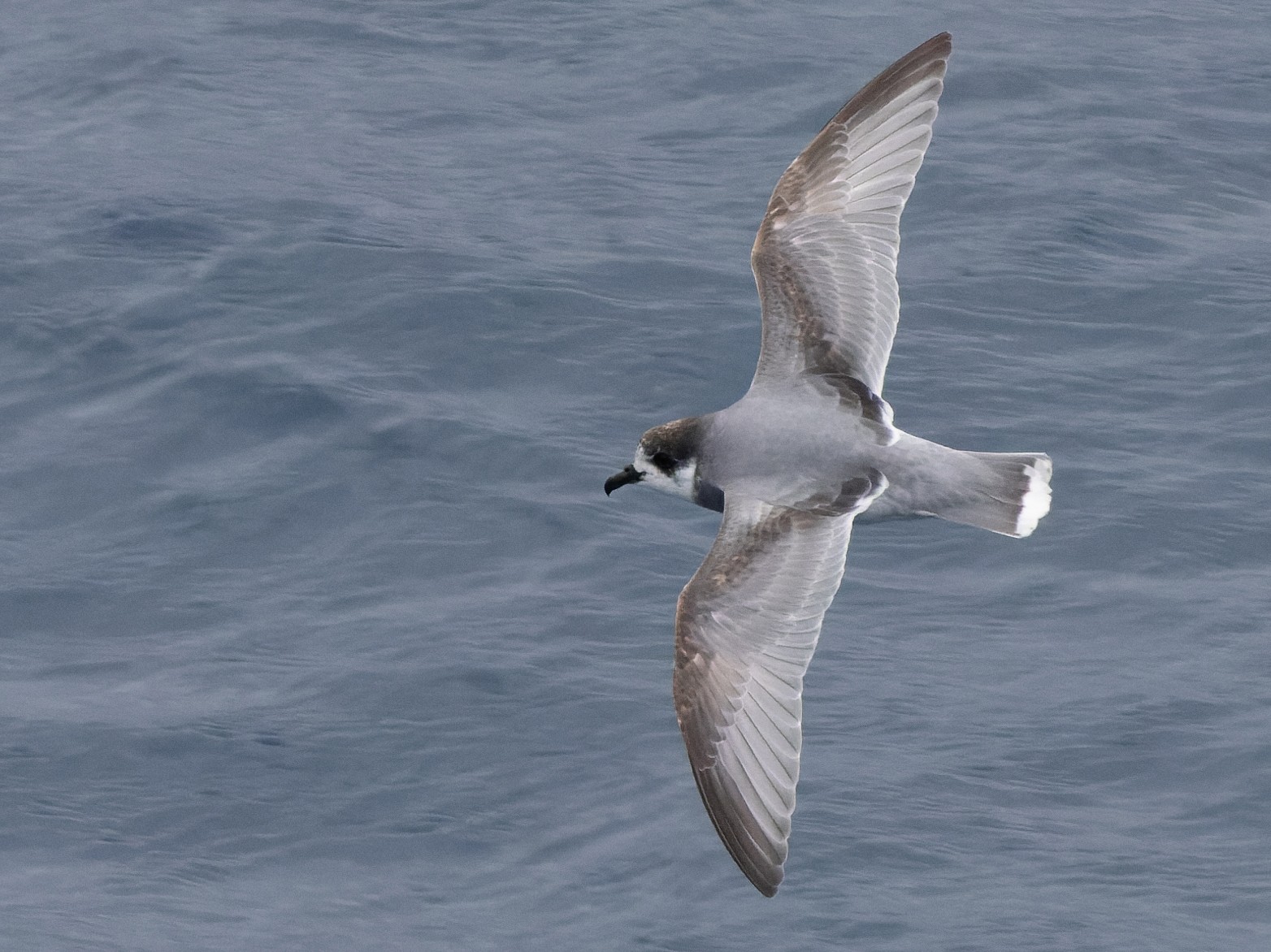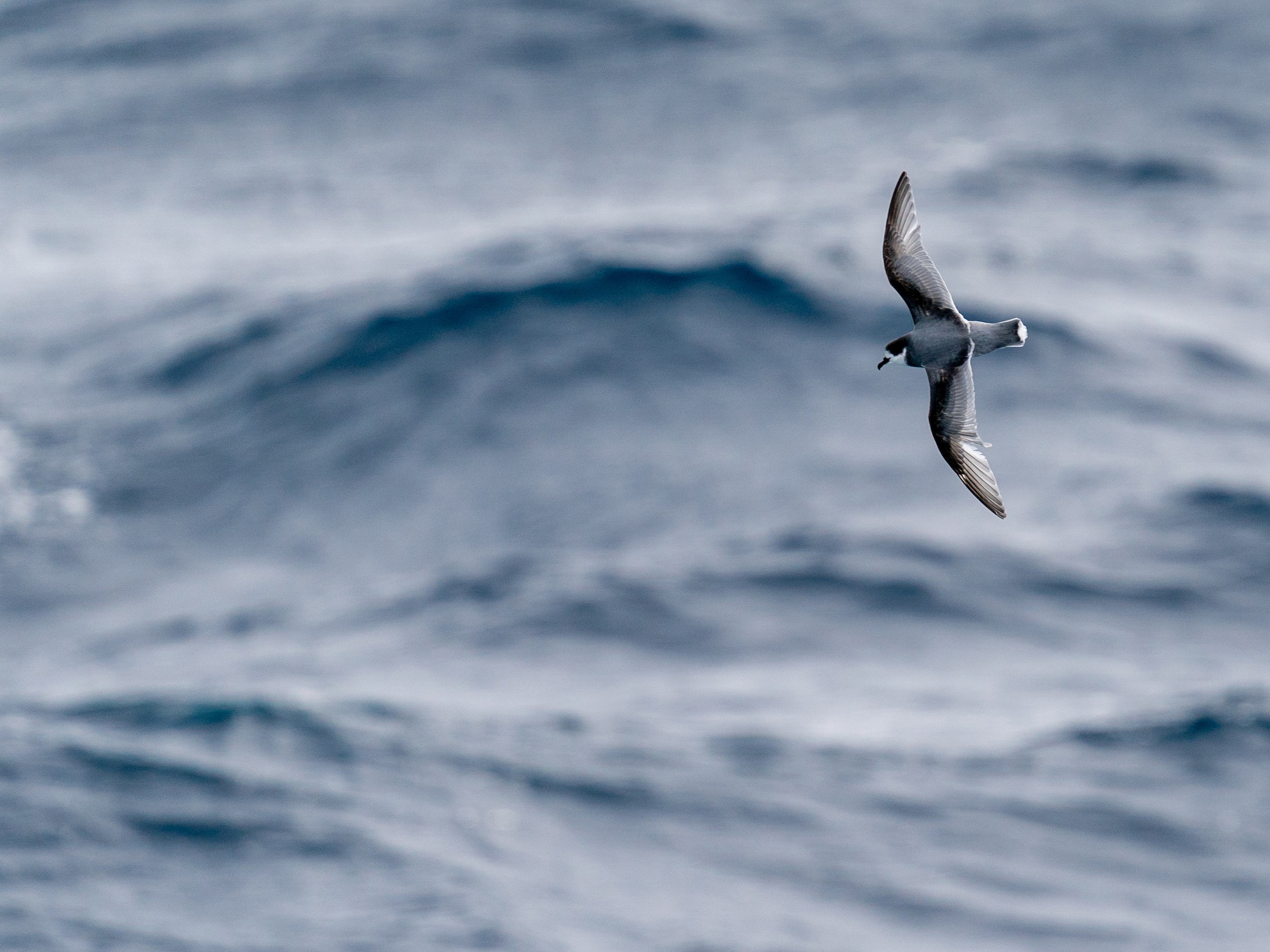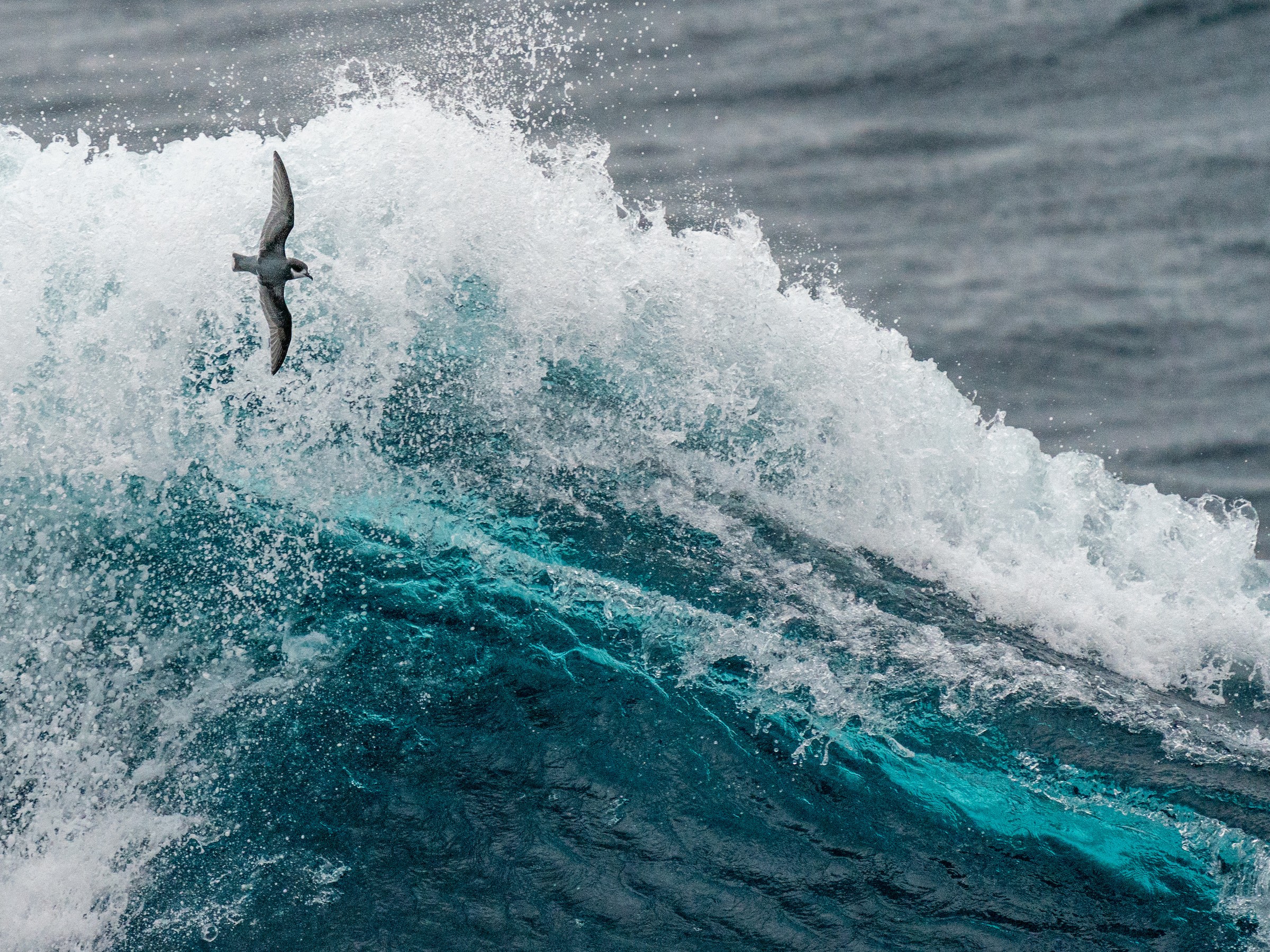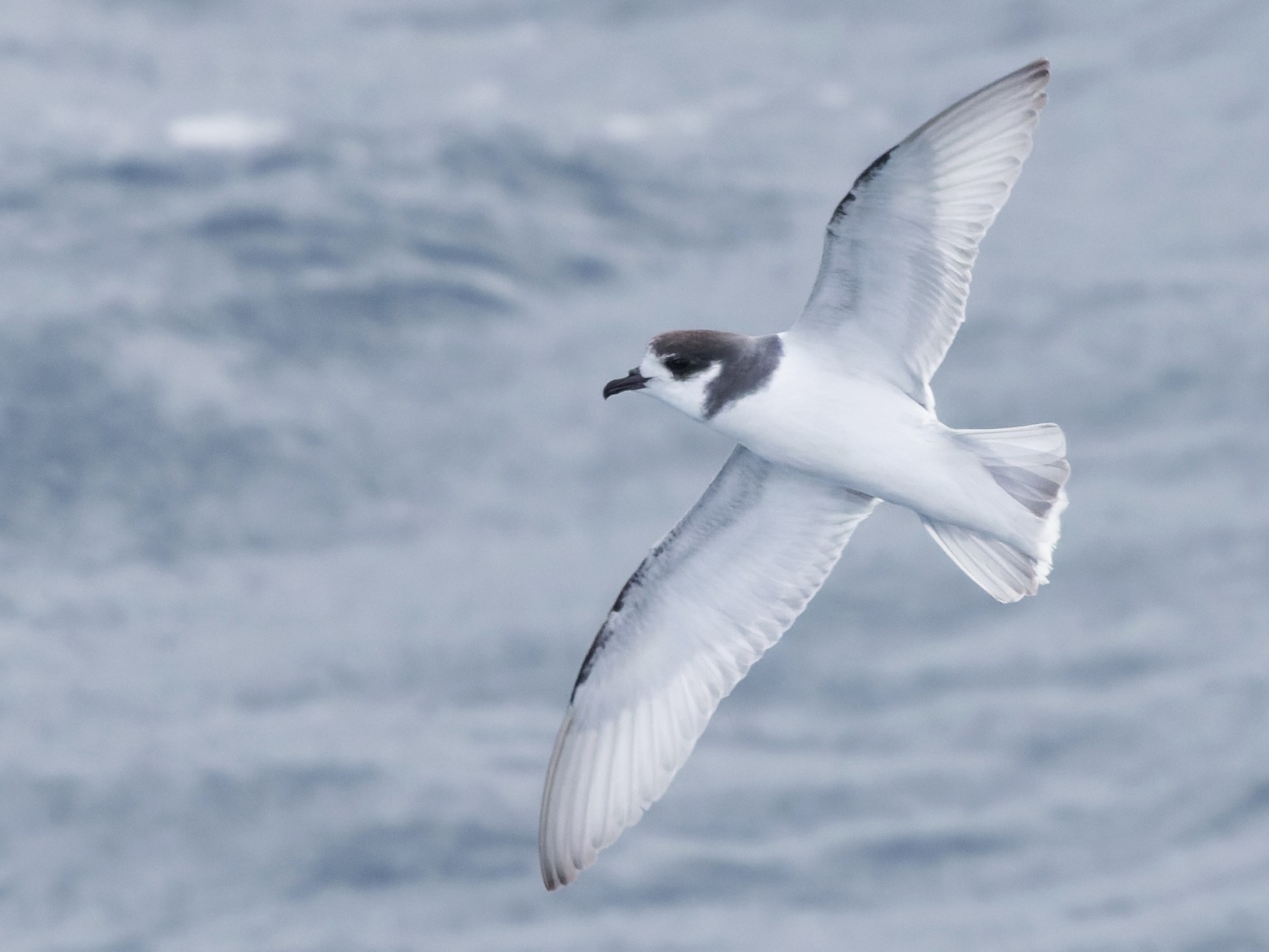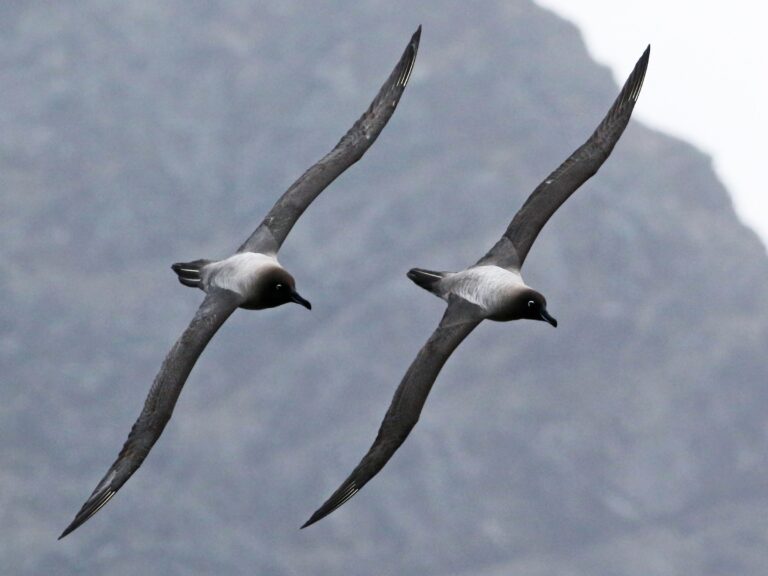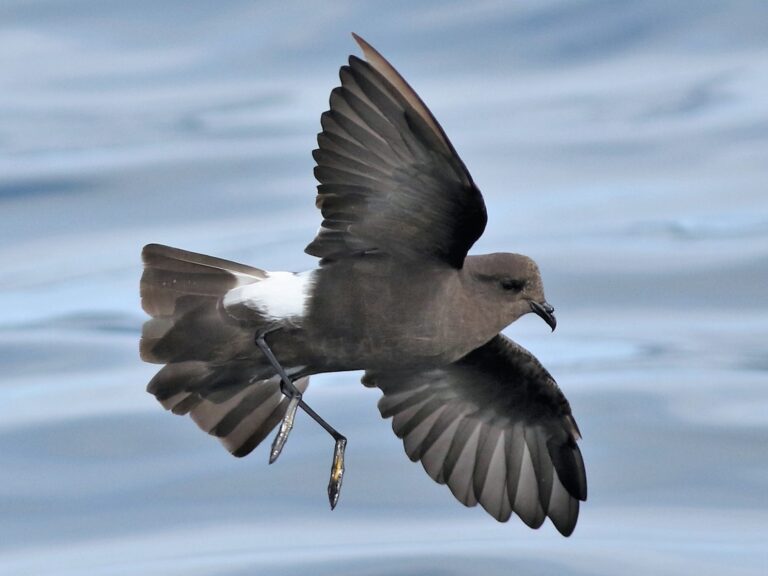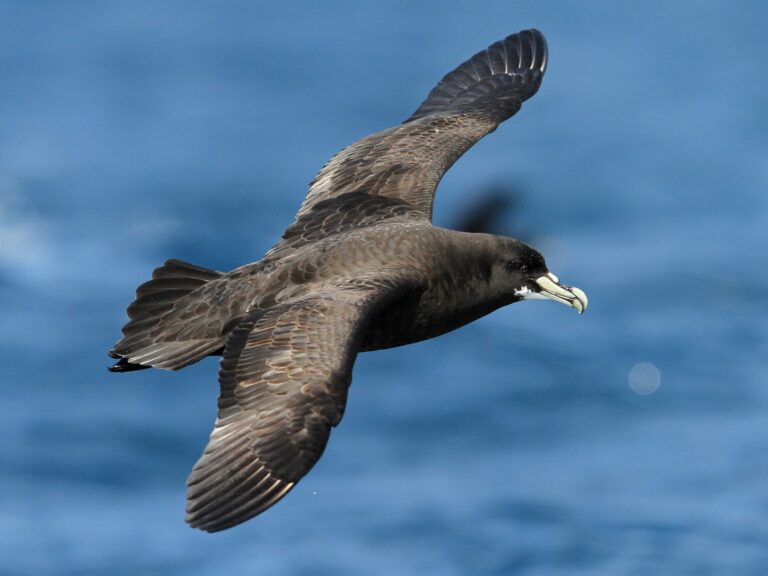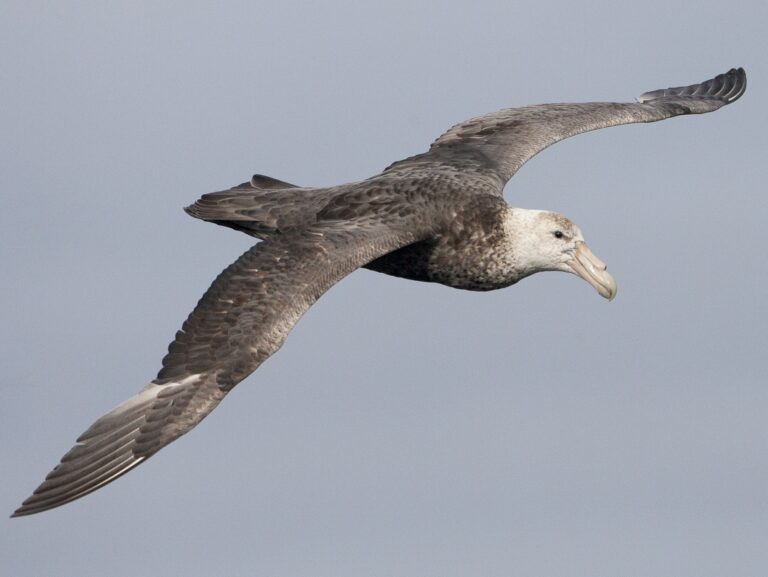Blue Petrel: Discover the Secrets of This Majestic Seabird
The Blue Petrel, known scientifically as Halobaena caerulea, is a fascinating seabird that captivates nature lovers and researchers alike. This species thrives in the Southern Ocean, showcasing unique behaviors during its breeding and foraging activities. Understanding the Blue Petrel’s classification helps appreciate its role within the Aves family and its adaptations to life at sea.
These birds nest mainly on islands like the Kerguelen Islands, where they have developed specialized techniques for locating food and caring for their young. Blue Petrels are known to feed on small marine organisms, making them integral to the ecosystem as they maintain balance within their habitat. Their survival is closely tied to environmental conditions, which raises important questions about their conservation status.
Exploring the Blue Petrel can provide insights into the complexities of avian life and the challenges seabirds face in a changing world. Learning about their life cycle, diet, and the threats to their existence can inspire greater efforts for conservation.
Key Takeaways
- The Blue Petrel mainly inhabits the Southern Ocean, especially around sub-Antarctic islands.
- It is an important seabird that plays a role in marine ecosystems.
- Habitat changes and environmental threats impact its conservation status.
Classification and Description
The Blue Petrel belongs to the order Procellariiformes and the family Procellariidae. This species is part of the genus Halobaena. Its classification highlights its close relationship with other petrels within the same family.
Taxonomy
The Blue Petrel is scientifically known as Halobaena caerulea. It was first described in the early 19th century. Within its family, it shares genetic ties to various other petrels. The taxonomy places it relative to its similar species, which can provide insights into its behavior and ecology.
It is crucial to understand its classification as it contributes to conservation efforts. Being part of Procellariiformes, the Blue Petrel plays a vital role in ocean ecosystems.
Physical Characteristics
The Blue Petrel has distinct physical features that aid in its identification. It has a length of about 30 to 35 cm, making it a medium-sized petrel.
The wingspan ranges from 70 to 80 cm, allowing for efficient gliding over ocean waters. Its plumage is primarily a mix of gray and white, with a distinctive blue hue on its upper wings.
They have a unique call characterized by various notes, which vary by region. Weights typically range from 250 to 400 grams. Understanding these characteristics is essential for bird watchers and researchers studying petrel behavior.
Habitat and Distribution
Blue Petrels thrive in the cool marine environments of the Southern Ocean and surrounding regions. Their habitat consists mainly of subantarctic islands and waters, where they can find ample food and suitable nesting sites. Understanding their habitat and distribution is crucial for conservation efforts.
Antarctic Regions
The Blue Petrel’s range extends through several important areas, particularly in the Antarctic and subantarctic regions. They are commonly found in the Southern Ocean, where they forage over shelf waters. Key locations include South Georgia and the Kerguelen Islands, where these birds benefit from rich marine life.
In the circumpolar region, Blue Petrels exhibit a strong preference for nutrient-rich waters. They often follow ocean currents that bring food close to the surface, allowing them to feed efficiently. This adaptability to local marine conditions supports their population during the breeding season and beyond.
Breeding Sites
Breeding typically occurs on remote islands with minimal human disturbance. Major breeding sites include the coastal areas of South Georgia and Kerguelen. These locations provide shelter from predators and easy access to ocean foraging.
Blue Petrels prefer rocky cliffs and grassy slopes for nesting. Their nests are often dug into the soil, which helps protect the eggs from fluctuations in temperature. The breeding population can vary significantly but is critical for species survival. Each breeding site plays a unique role in the overall dynamics of their population, especially during the sensitive breeding season.
Behavior and Diet
The Blue Petrel exhibits unique feeding habits and flight patterns that enhance its survival in the southern oceans. Understanding these aspects reveals how this bird adapts to its pelagic environment.
Feeding Habits
Blue Petrels primarily feed on small fish, squid, and crustaceans. Their diet significantly consists of pelagic organisms that inhabit the ocean’s surface. They employ a technique known as surface-dipping, where they glide over the water and snatch prey with their beaks.
During the breeding season, Blue Petrels are particularly active foragers. They may travel great distances from their nesting sites to find food. Research shows they can detect dimethyl sulfide, a scent associated with their food sources, guiding them to rich feeding areas. This adaptation helps them locate schools of fish or swarms of crustaceans efficiently.
Flight Patterns
The flight patterns of Blue Petrels are crucial to their foraging success. They are known for their dynamic and agile flying style, often gliding over the ocean’s surface. This behavior helps them cover large areas while searching for food.
Blue Petrels can fly at various altitudes, adjusting their height in response to wind dynamics and prey availability. They often use wind currents to save energy, allowing them to remain in the air for extended periods. Their ability to hover and dip helps them capitalize on fleeting feeding opportunities while maintaining high maneuverability to avoid predators.
Reproduction and Life Cycle
The reproduction and life cycle of the Blue Petrel involve specific processes and timeframes crucial for their survival. Understanding nesting habits and chick development can provide insight into the species’ breeding success.
Breeding Season
The Blue Petrel’s breeding season occurs from late September to early February. During this period, pairs return to their nesting sites on sub-Antarctic islands. They often form monogamous relationships that can last for many seasons.
Nesting typically occurs in burrows dug into the soil or under vegetation. The female lays one egg per breeding attempt, which both parents incubate for about 50 days. This shared responsibility helps ensure better survival rates for the offspring.
Environmental conditions significantly influence breeding success. Factors such as food availability and weather can affect the timing of breeding and the condition of the birds. Experienced breeders often have better reproductive outcomes compared to inexperienced ones.
Chick Development
After the chick hatches, it relies on its parents for food. Blue Petrel chicks are born covered in down and are initially helpless. The parents feed them regurgitated food, which is rich in nutrients necessary for their growth.
Chick development is rapid. By about 10 weeks, they gain enough strength and feathers to prepare for their first flight. During this time, the parents continue to care for the chick, teaching it essential survival skills.
Once fledged, the chicks leave the nest and will spend several years at sea before returning to breed. The survival rate of these chicks can vary based on environmental conditions and the availability of food. Successful development is crucial for the continuation of the Blue Petrel population.
Conservation Status
The Blue Petrel faces several challenges that impact its survival. Understanding these threats and the ongoing protection efforts is crucial for its conservation.
Threats
The primary threats to the Blue Petrel include predation and habitat loss. Skuas are significant predators of Blue Petrel eggs and chicks. These birds often inhabit the same breeding grounds, creating a direct threat to the petrels’ young.
Additionally, human activities pose risks. Pollution and climate change result in habitat changes in Antarctic and Subantarctic waters. These factors disturb feeding grounds and may lead to a decline in food availability.
Despite its classification as of “Least Concern” by the IUCN, ongoing monitoring is essential. Changes in environmental conditions can affect population dynamics, necessitating continued research and conservation efforts.
Protection Efforts
Conservation efforts for the Blue Petrel focus on habitat protection and predator management. Various organizations monitor breeding locations to ensure their safety. These efforts include controlling skua populations to mitigate predation rates on petrel chicks.
Furthermore, international agreements protect important breeding sites. Strategies involve reducing human impact in critical habitats and promoting awareness of the species’ status. Educational programs help foster a sense of responsibility for wildlife conservation.
With dedicated efforts from both local and international bodies, the future of the Blue Petrel can be more secure. Continuous research and proactive measures are necessary for maintaining stable populations in their natural habitats.
Frequently Asked Questions
Blue Petrels, known for their unique characteristics and behaviors, are fascinating seabirds. They play specific roles in their ecosystems and have certain conservation needs. The following questions address important aspects of their lives and habitats.
What are the distinguishing features of Blue Petrels?
Blue Petrels have a distinctive appearance. They possess a slate-blue body with a white underside. Their wings are long and pointed, making them agile fliers.
They have a characteristic white “V” shape on their back during flight. The bill is short and hooked, adapted for catching prey.
Where can one typically find Blue Petrels in their natural habitat?
Blue Petrels are primarily found in the Southern Ocean. They breed on sub-Antarctic islands, such as South Georgia and the Kerguelen Islands.
During the non-breeding season, they can be seen foraging over ocean waters, often at considerable distances from land.
What type of diet do Blue Petrels have?
Blue Petrels mainly feed on small fish, squid, and crustaceans. They are known to scavenge and may follow fishing vessels to find food.
Their foraging behavior includes surface feeding, where they pick food from the water’s surface while gliding.
How do Blue Petrels impact their ecosystem?
Blue Petrels play a significant role in marine ecosystems. As predators, they help control the populations of fish and other marine organisms.
Their carcasses also provide nutrients to scavengers and help support the food web.
What conservation efforts are in place for Blue Petrels?
Conservation efforts for Blue Petrels focus on habitat protection and monitoring populations. Research is being conducted to understand their breeding habits and survival rates.
Efforts are made to reduce threats such as invasive species and fishing practices that can harm their food sources.
What are the vocal characteristics of Blue Petrels?
Blue Petrels are known for their distinctive vocalizations. They produce a variety of sounds, including guttural croaks and high-pitched calls.
These vocalizations are often used during mating and communication within colonies, especially in the breeding season.
